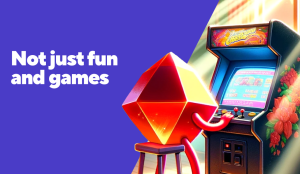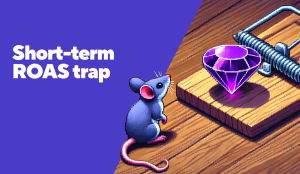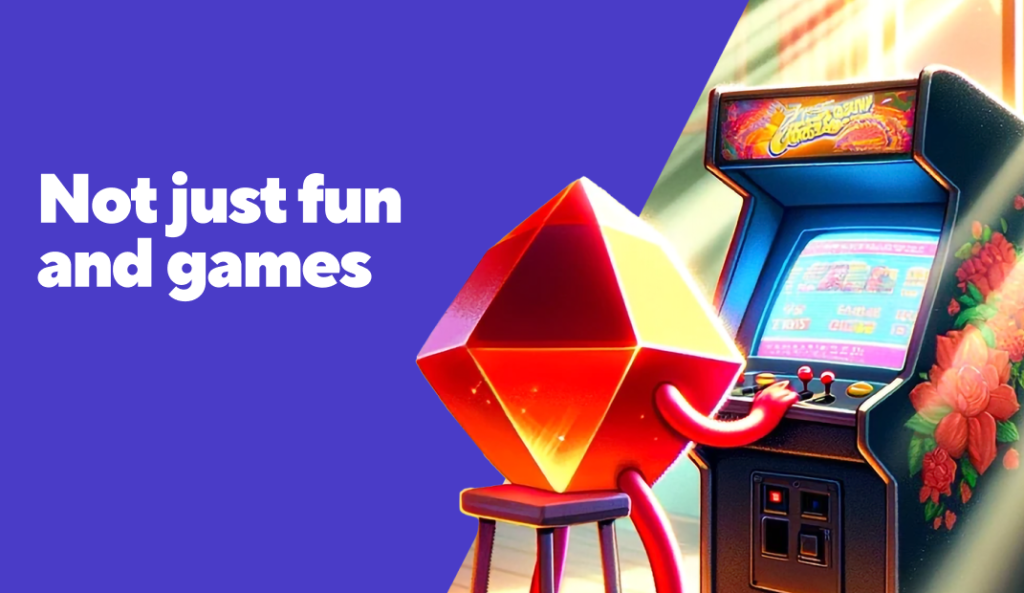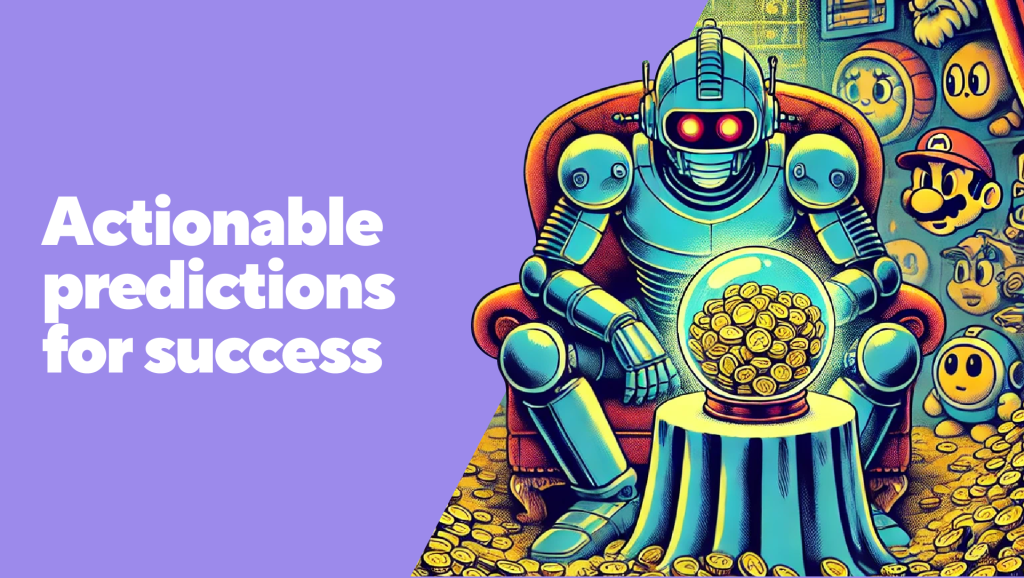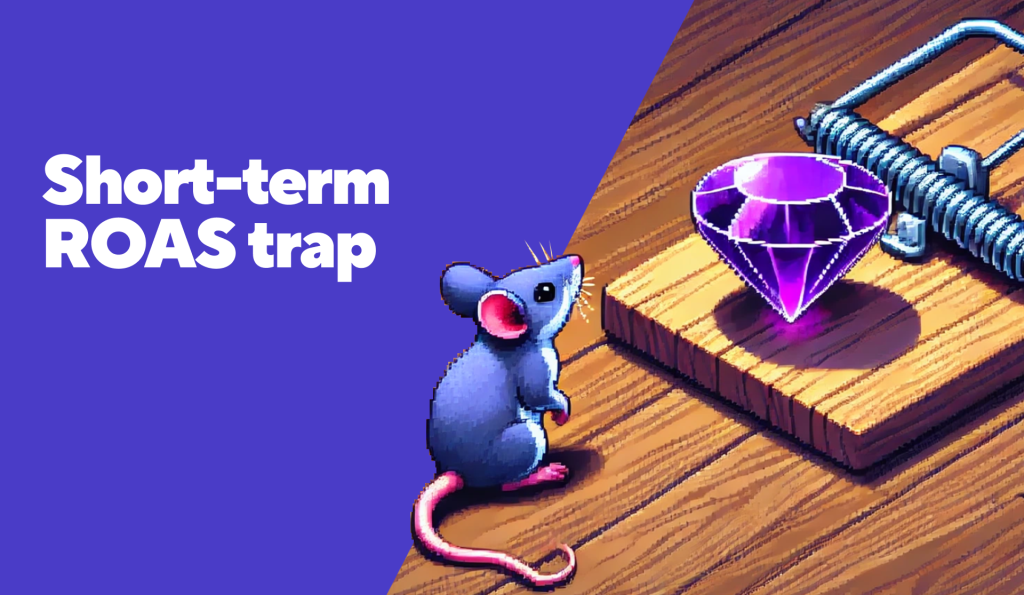
What is player LTV (lifetime value)
If you have a foundation knowledge of player LTV and what it entails, feel free to skip to the more advanced section of the blog by clicking here.
Lifetime value can be defined as the amount of revenue a player is estimated to bring you over the course of their lifetime within your game.
Why do we strive for higher LTV?
Simply put, your game’s success is directly proportional to its LTV. If your LTV = 0, you have no revenue. The higher the LTV, the better as it means you have more resources to further improve and scale your game.
Higher player LTV means:
- Greater marketing spend and therefore, better performing user acquisition
- More revenue from regular players
- Improved revenue from organic players
How to calculate LTV for mobile games
There are multiple methods for calculating LTV, some of which are very simple and others more complex using AI or machine learning to predict future LTV. For the purpose of this blog, understanding the easiest method for calculating LTV will suffice i.e. dividing revenue by the number of players since the beginning of the game.
LTV = revenue / players
This should give you a very approximate figure of how much money each player is worth in your game.
Discovering LTV growth opportunities
We believe that every game has the potential to improve player LTV and monetization. Games that are considered ‘old’ are very much still able to increase monetization performance thanks to advancements in AI/ML and developers taking the time to understand their player data (something that can be tricky in a post-IDFA world).
Deconstructing a game and understanding player LTV potential takes many different skills often spread across multiple teams within a company e.g. Game Designers, Economy Designers, Monetization Designers, Data Analysts, and so on.
Below are the areas where you typically find LTV growth opportunities. Each of these topics could be covered far more extensively, however, for the purposes of this blog, let’s keep it short.
Player LTV growth opportunities – the checklist:
Progression
- Length of progression: All successful F2P games are designed to be played for years, hence the reason Candy Crush Saga has ten-thousand levels. Of course, creating ten-thousand levels is easier said than done but hopefully you get the premise – check the amount of content in your game and add more if needed.
- Players completing the game: If your players have collected all the in-game items, reached max level or passed all levels, how can they have an incentive to stay? Players always need to have a desirable goal, aim or achievement within reach. This is where studying player behavior and game analytics is important. You need to understand where your players are within the existing progression system and then further improve on those parameters.
- Progression flow and milestones: A good progression system constantly provides players with new goals and rewards. These goals should be divided into short, medium and long-term goals while keeping the difficulty in the “flow” zone (add on difficulty with increasing player skill).
Metagame
- A simplistic metagame: Not having a metagame or having a simple one with a single currency is too direct and predictable. Players should be able to use different currencies in different situations in the game to upgrade different items. Just using one currency is often seen in hyper-casual games and this usually leads to low long-term retention and therefore, a short product life-cycle.
- Choices and problem solving: Creating a metagame that has only one viable option does not make a good game. Players want to feel that their choices matter and their playstyle is viable. Balancing multiple playstyles and creating a multitude of choices gives players more freedom to express themselves and enjoy problem-solving.
Game economy:
- Resource scarcity: Some in-game currencies are so abundant that players feel no need to buy more. Scarcity is what builds value and is the reason why legendary/mythic items often drop with a chance of just one in a thousand of the player actually getting the item. Every game should have these ultra-rare resources.
- Keep the economy balanced: Make sure all resources interact in a way that once you complete the whole game (even though it is impossible), you would have no resources left. Different games have different scarcity limitations, for example, a survival game gives you considerably fewer resources than a sandbox city builder. And so, designers need to set up the feel of the economy (or genre) before the actual balancing begins.
Ad Monetization:
- Format selection: Very often we see interstitials as a primary driver of ad monetization instead of rewarded videos. Rewarded videos do not disturb the game flow and because they are voluntary, have no negative impact on player experience. In some cases, we even see a slight retention increase and so will always recommend designers choose rewarded videos over interstitial ads.
- Conversion: The majority of casual titles are able to reach 40-45% rewarded video ad conversion rate meaning almost half of the players will watch at least one ad. In extreme cases, this can be pushed up to 60% but you need to be cautious not to cannibalize your iAP revenue.
- Ads/DAU: Within casual titles, you should aim for 3-4 rewarded video ads/DAU. So, if you have 1000 daily active users, you should be getting around 3000-4000 ad views per day.
- Ad mediation: In certain cases, we find out that ad networks connected to the ad mediation are not covering all geos or that some major ad networks are omitted. It is important to have somebody managing the mediation because the landscape is changing at such a pace that methods which used to work six months ago are not valid anymore.
Monetization:
- Spending depth: Top-grossing games typically have $10k+ spending depth, some even $100k+. This is very important because it keeps the players with the deepest pockets entertained and far out from the end game. Read more about spending depth here.
- Direct purchases: Gacha/loot boxes do a very good job at increasing the dollar value of rare items because players are not able to buy what they need directly. There should be no (or very limited) direct purchases of items/units.
- Special offers personalization: Personalizing offers and experiences greatly increases relevancy for the players and thus conversion. This can be achieved with a sophisticated rule-based offer system or machine learning that is capable of personalizing the game and offers for each one of your players.
These are some of the key areas you can find player LTV growth opportunities. From our experience, there are always opportunities within the metagame, monetization and/or ad monetization. Please feel free to go check them out in your game(s) and of course, get in touch for a 15-minute call with one of our experts if you want to unlock double-digit growth for your mobile game.

